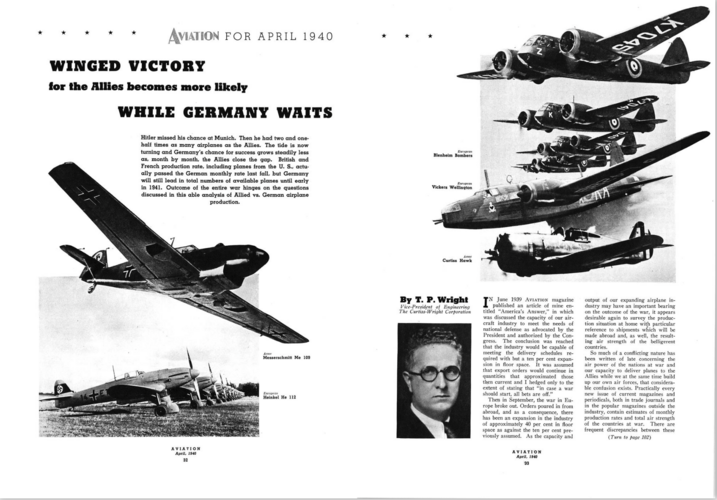NOMISYRRUC
ACCESS: Top Secret
- Joined
- 28 September 2008
- Messages
- 2,326
- Reaction score
- 3,728
I have recently put this quote into a thread on Alternatehistory.com. I've posted it here because I think it's relevant to the topic. I think the last sentences are particularly pertinent.
It is a quote from Page 64 of "Grand Strategy Volume I - Rearmament Policy" by N.H. Gibbs first published in 1976 and is part of the British Official History of the Second World War.
It's the last paragraph of Section 3. "The Ten Year Rule in its Final Form 1928", which was the last part of Chapter II "Locarno: The Operation of the Ten Year Rule, 1920-28", which is one of eight chapters in PART I. "THE DISARMAMENT YEARS".
"The state of the Army was, perhaps worst of all. Field Marshal Sir George Milne, the Chief of the Imperial General Staff, pointed out in 1931 that ten years earlier the military advisers of the Government had accepted the risk of reductions, even below the modest 1914 standard, in view of the Cabinet decision that a major war was unlikely for ten years. The result of this in 1931 was that the country could mobilise only 2 infantry divisions and 2 cavalry brigades in the first three months of war, compared with 6 infantry divisions and a cavalry division in three weeks in 1914. To make matters worse, stocks and reserves of war material varied considerably and were not properly balanced. 'The Army is pared to the bone', the Chief of the Imperial General Staff declared with some justification. And he added bitterly, 'the only reproach that has ever been levelled at us at Geneva is that we have disarmed too much, and that our army is so small that it is incapable of fulfilling our international obligations'. (86) The seriousness of much of this was mitigated if major war was, in fact, unlikely for ten years. But would any government really get that amount of warning? And when warning was given, would the Government, or the people, be willing to put matters right in the time available? An answer to these questions was to be given soon."
(86) C.I.D. 1046-B
It is a quote from Page 64 of "Grand Strategy Volume I - Rearmament Policy" by N.H. Gibbs first published in 1976 and is part of the British Official History of the Second World War.
It's the last paragraph of Section 3. "The Ten Year Rule in its Final Form 1928", which was the last part of Chapter II "Locarno: The Operation of the Ten Year Rule, 1920-28", which is one of eight chapters in PART I. "THE DISARMAMENT YEARS".
"The state of the Army was, perhaps worst of all. Field Marshal Sir George Milne, the Chief of the Imperial General Staff, pointed out in 1931 that ten years earlier the military advisers of the Government had accepted the risk of reductions, even below the modest 1914 standard, in view of the Cabinet decision that a major war was unlikely for ten years. The result of this in 1931 was that the country could mobilise only 2 infantry divisions and 2 cavalry brigades in the first three months of war, compared with 6 infantry divisions and a cavalry division in three weeks in 1914. To make matters worse, stocks and reserves of war material varied considerably and were not properly balanced. 'The Army is pared to the bone', the Chief of the Imperial General Staff declared with some justification. And he added bitterly, 'the only reproach that has ever been levelled at us at Geneva is that we have disarmed too much, and that our army is so small that it is incapable of fulfilling our international obligations'. (86) The seriousness of much of this was mitigated if major war was, in fact, unlikely for ten years. But would any government really get that amount of warning? And when warning was given, would the Government, or the people, be willing to put matters right in the time available? An answer to these questions was to be given soon."
(86) C.I.D. 1046-B
Last edited:

